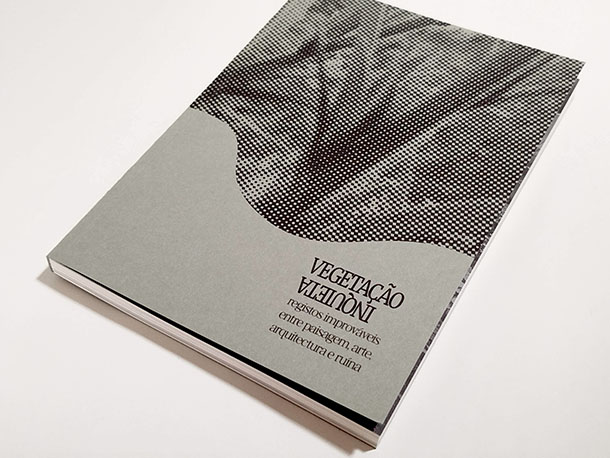Joana Rafael is an architect practitioner and Postdoctoral Researcher, specializing in ecological concerns related to pollution and contamination, both indoors and in urban planning. Her research explores the intersections of architecture and urbanism with human geography, environmental studies, and power dynamics, encompassing contemporary culture, media studies, art, and technology. She investigates the materiality and limits of physical infrastructures in relation to Earth's systems and the reciprocal relationships between humans and nature, with a particular focus on radiologically contaminated environments. Joana has taught Contextual Studies and Contemporary Culture-related courses at institutions including ESAP in Porto, ISCE Douro in Penafiel, Central Saint Martins in London, and the University for the Creative Arts in Canterbury. She is a member of CEGOT (Center for Studies in Geography and Spatial Planning) and CEAA (Centro de Estudos Arnaldo Araújo), and a co-founder of REFINERY BOARD. Joana holds a Master of Architecture and Urban Cultures from Metropolis, Barcelona, as well as a Master of Research Architecture and a PhD in Visual Cultures from Goldsmiths, University of London. She also earned a Healthier Materials and Sustainable Building Specialization certificate from Parsons School of Design, The New School. In addition to her academic pursuits, Joana is a certified farmer.
Vida sobre o Estéril
Life Over the Barren: Vegetation in the Remediation of the Urgeiriça Waste Landscape - Fieldwork Observations
Published in portuguese as Vida Sobre o Estéril: Vegetação na Remediação da Paisagem de Descarte da Urgeiriça -
Observações de Trabalho de Campo
in Vegetação Inquieta: Registos Improváveis entre Paisagem, Arte, Arquitectura e Ruína edited by Centro de Estudos Arnaldo Araújo
Mining for nuclear materials in Urgeiriça, Portugal, caused 80 years of unsustainable development, transforming agricultural land into waste piles and tailings dams, resulting in severe environmental degradation. A renaturalization project stabilized mining waste, reshaped the terrain, and introduced vegetation to restore ecological balance and mask the scars of mining. This approach, combining native species and natural engineering, highlights vegetation's role in mitigating environmental damage and reintegrating the landscape.
